Projects
1. Horizontal Project titled "Comprehensive Education in the Field of Space Technologies and Their Applications"
Leader: Space Research Centre of the Polish Academy of Sciences (CBK PAN)
Partners: University of Zielona Góra (UZ), Academy of Jakub of Paradyż (AJP), members of the Partnership
Goal: To create a comprehensive education system in the field of space technologies and their applications at the regional level, resulting in the development of a pool of specialists for the local space industry.
2. Horizontal Project titled "Platform for the Transfer of Space Technologies to Terrestrial Applications"
Leader: DTP
Partners: Members of the Partnership
Goal: To create a platform that supports entrepreneurs in the decision-making process regarding the application of space technologies in products and services intended for Earth-based consumers.
3. R&D Project titled "Intelligent Satellite Manipulator"
Leader: Hertz Systems
Partners: CBK PAN, DTP, SpaceCase, InfoTech, Lubusz Metal Cluster, S.A.B., University of Zielona Góra
Goal: To build an advanced prototype (TRL 4,5) of an intelligent satellite manipulator. The two primary applications of such a device placed on a satellite platform are: (i) removing space debris, (ii) servicing satellites in orbit. The technologies developed in the project can also be used in planetary rovers and in the construction of space infrastructures (e.g., orbital stations).
4. R&D Project titled "Underwater Habitat"
Leader: Analog Astronaut Training Center Spółka z o.o.
Goal: To create an advanced complex of underwater laboratories. The complex will consist of the following elements: (i) a laboratory at a depth of 6 meters (purchased and possibly modified), (ii) a laboratory at a depth of 18 meters, (iii) a laboratory at a depth of 42 meters. The laboratories will be called habitats and will be adapted for human life in isolation. The infrastructure created as a result of the project will be used to conduct simulations of space missions along with spacewalks in neutral buoyancy.
5. Projekt B+R pn. „Wykorzystanie materiałów fotogrametrycznych, modeli trójwymiarowej przestrzeni powstałych ze skaningu lotniczego i naziemnego oraz zdjęć satelitarnych do modelowania warunków termicznych i bilansu energii w obszarach miejskich oraz dużych zakładach przemysłowych”
Leader: University of Zielona Góra, Institute of Mechanical Engineering, Department of Computer Science and Production Automation, Institute of Architecture and Urban Planning, Interdisciplinary Laboratory of Geospatial Analysis
Goal: The project’s activities are related to monitoring, diagnosing, and recommending ways to reduce energy consumption and improve thermal parameters in large-volume buildings and economic activity zones/industrial plants in the Lubusz region. In the second phase, based on the collected data for selected urban centers/cities, a 3D model of the space with large-volume buildings dedicated to economic activity and their surroundings will be created/realized to visualize the occurring phenomena and dependencies to assess their potential in terms of reducing energy consumption and energy balance, which can serve as a decision-making support tool to increase the energy efficiency of cities/large-volume buildings, including industrial facilities.
6. R&D Project titled "Use of Virtual Reality Systems for Testing Space Robots"
Leader: CBK PAN
Partners: UZ, DTP
Goal: The goal of the project is to create an IT system for testing robots in simulated space conditions (e.g., Earth orbit or the surface of the Moon/planet), using virtual reality. The robot, being in a simulated environment, receives information (images and/or sensor data) as it would in a real environment and acts accordingly. The modular system will be easily adaptable to non-space applications as well.
7. R&D Project titled "Software for the Analysis of Electronic Systems and Automatic Generation of Reports in Accordance with ESA Standards – Beta Version"
Leader: SpaceCase
Partners: CBK PAN, Hertz Systems
Goal: The goal of the project is to create software to support the analysis of electronic systems sent into space. According to ESA standards, every electronic system that is part of a mission instrument or subsystem or satellite must be tested using simulation software for four aspects that may affect its operation in space. These are:
- Radiation Analysis (RAD)
- Part Stress Analysis (PSA)
- Single Point of Failure Analysis (SPF)
- Worst Case Analysis (WCA)

